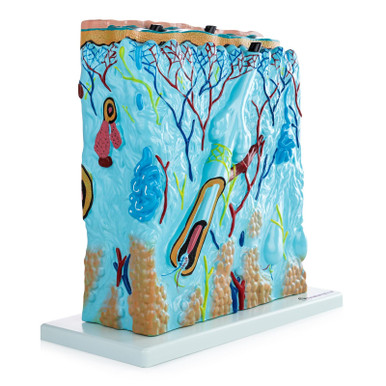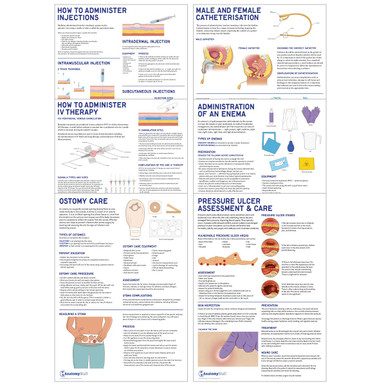Written by: Zak Shah, 3rd Year Medical Student, UCL.
Sepsis
The following article is for information only and is not intended as a substitute for medical advice.
Dianne has been feeling unwell for a few days after a heavy chest infection. She is also taking steroids for her painful knee. Today she woke up with a high fever, and her cheeks are really red. She is very fatigued and lies down on the floor to rest but is still having trouble understanding what is going on around her. While lying down, her smartwatch alerts her that her heart rate has climbed to 157BPM.
A life-threatening emergency that can quickly result in death if not picked up upon, sepsis occurs when infections lead to the immune system causing excessive inflammation, which can lead to fatal autoimmune damage to tissues and organs. Sepsis is extremely dangerous and highly prevalent across the world –the WHO reports that in 2017, there were 11 million deaths globally related to sepsis.
Symptoms:
• A high resting heart rate
• A high fever (or less commonly, a very low temperature)
• Cognitive impairment
• Flushed/red cheeks
• The patient has an infection (e.g., sore throat, wound or burns)
• Hyperventilating
• Diarrhoea
Patient Groups to look out for:
• Immunocompromised patients
• Elderly patients
• Young children
• Patients on steroids
• Patients with HIV/AIDs
• Patients who have received immune depletion therapy
• Patients after an operation
• Patients with burns or large wounds
• Patients who have had IV lines fitted (read the free resources post on IV lines here)
• Patients with a catheter
Pathophysiology:
Cytokines are usually released during an infection to help the body fight off pathogens. They have several features, such as recruiting immune cells, causing antibodies to be released, and they may also cause local vasodilation to increase the blood flow to areas where the infection is. The purpose of vasodilating infected areas is to allow more immune cells to be able to be transported to the infected area by increasing the flow of blood.
In sepsis, however, the underlying infection can spread systemically through the blood, and cause cytokines to be released en-masse instead of locally, which is known as a cytokine storm. Cytokine storms also play a part in the pathophysiology of COVID-19. This is due to the cytokine storm causing mass vasodilation systemically (across the whole body), causing blood flow to increase to peripheral areas like the face and hands, for example. This leads to the patient feeling warm and clammy (causing raised body temperature) but also has dangerous cardiac effects. The sudden vasodilation means that blood pressure plummets, and hence to compensate, a patient’s resting heart rate may race well into the late 100s.
Treatment:
Identifying sepsis can be difficult as the symptoms may be confused with other differentials. For example, symptoms of a very high body temperature may be diagnosed as symptoms of heatstroke, or low cognitive functioning may be seen in patients with Diabetic Keto Acidosis. It is important to identify if the patients have sepsis, especially by considering if they are immunocompromised and looking for signs of infection. For example, inspecting the patient’s throat may reveal a strep throat infection, and adding this to a history of being on immunosuppressant steroids may point to sepsis in combination with the symptoms.
After diagnosing that the patient has sepsis, it is important to treat the patient immediately. Often patients have IV lines inserted. This allows medical teams to flush them with fluids to compensate for their dangerously low blood pressure, allowing oxygen perfusion to tissues. This also allows the heart rate to decrease back to normal levels. Patients will most likely be given a strong antibiotic IV drip to kill any bacteria causing the infection. Often, a strong dose of IV penicillin may later cause a rash, leading to many patients believing they are allergic to penicillin. In severe cases, patients may be intubated so that they can be placed on a ventilator or may undergo dialysis to treat kidney failure.
Sepsis can be prevented by the close monitoring of immunocompromised patients in hospitals. Patients on steroids and other immunosuppressant chemotherapies can be warned about the risk of sepsis, and other at-risk patients may be given prophylactic antibiotics (antibiotics taken as a precaution before the patient has developed an infection). Doctors may recommend that immunocompromised people take specific vaccines to help prevent infections that can lead to sepsis.












